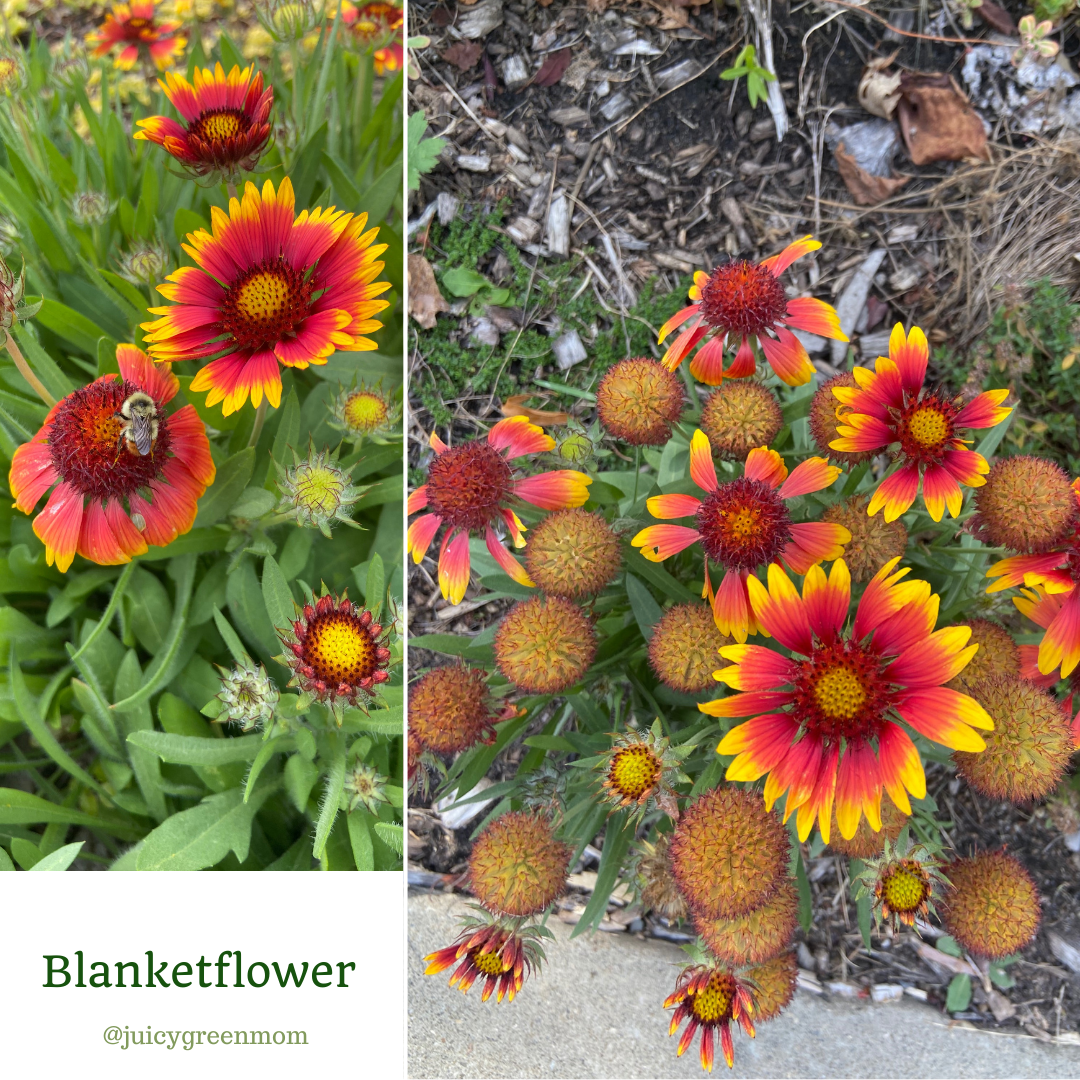Planting Pollinator Friendly Flower Seeds
These flowers are not native to Edmonton, Alberta (#YEG (part of the Aspen Parkland Ecoregion), but still provide great food for pollinators! The majority of these seeds are easier to work with than native wildflower seeds because they have high germination rates and don’t require cold stratification. So if you’re looking to augment your garden game to be more pollinator friendly, these are easy to grow!
Read more about making your garden more pollinator friendly here, and WHY biodiversity is so important here!
Milkweed (food for Monarchs)
Milkweed is the sole food source for Monarch caterpillars, so it is a very important plant! Monarchs don’t often migrate all the way to Edmonton, but there have been some sightings in recent years, and I suspect it may become more frequent with climate change effects. Other pollinators also adore milkweed - I always see lots of hungry bees on mine!
There are many cultivars and non-native varieties of milkweed that are easy to obtain from garden centres. In Edmonton, there is ONE native species called “low milkweed” that I have not yet successfully grown.
Milkweed seeds are easily scattered or planted in the fall, but they are slower to come up in the spring than other plants - so don’t fret if you don’t see anything yet! Baby milkweed plants have very distinctive leaves, so once you get to know them, you learn to spot them easily. Here is my post on planting milkweed for more tips.
Blanketflower
There are Edmonton area native varieties of Blanketflower you can read about on my post about planting native wildflower seeds.
There are also many cultivars available at garden centres that are derived from the native plant but may look different and have different compositions in terms of food offerings for pollinators. The variety I have in my yard is ‘Goblin’ Blanketflower, which I purchased before I knew the difference between natives and cultivars. It has really taken off, with lots of pollinators on it all the time, though, so I’m happy with it! It thrives in full sun and blooms for a super long time, from July all the way into October! This makes great food for pollinators later in the season. The clumps will spread to create a beautiful little patch in your garden.
Plant the seeds on the surface of the soil, in late fall.
Coneflower
I have purple coneflower (Echinacea purpurea) in my yard, which is another later blooming flower that lasts well into the fall season. Coneflowers do well with lots of sun. Plant seeds in the spring at a depth of 1/4 of an inch into the soil.
Lupin(e)
Lupin seeds germinate best when they are scarified (scarification involves nicking the seed coat and rubbing gently with coarse sandpaper) and cold stratified (needing a cold and damp period before germination) so they are a bit more work to get success. This blog has a great guide to successful germination of lupin seeds. Lupin plants are a short-lived perennial (last 2-5 years), bloom early in the season, and are very attractive to pollinators. You can deadhead lupin to encourage continuous flowering.
Black-Eyed Susan
The variety in my yard is Little Goldstar (Rudbeckia fulgida), considered a dwarf variety (so it doesn’t grow taller than 16”). It blooms midsummer through early fall. It does well in sun and partial shade. It is an attractive plant for pollinators! Plant seeds in late fall by lightly pressing seeds into the soil - they require light to germinate.






